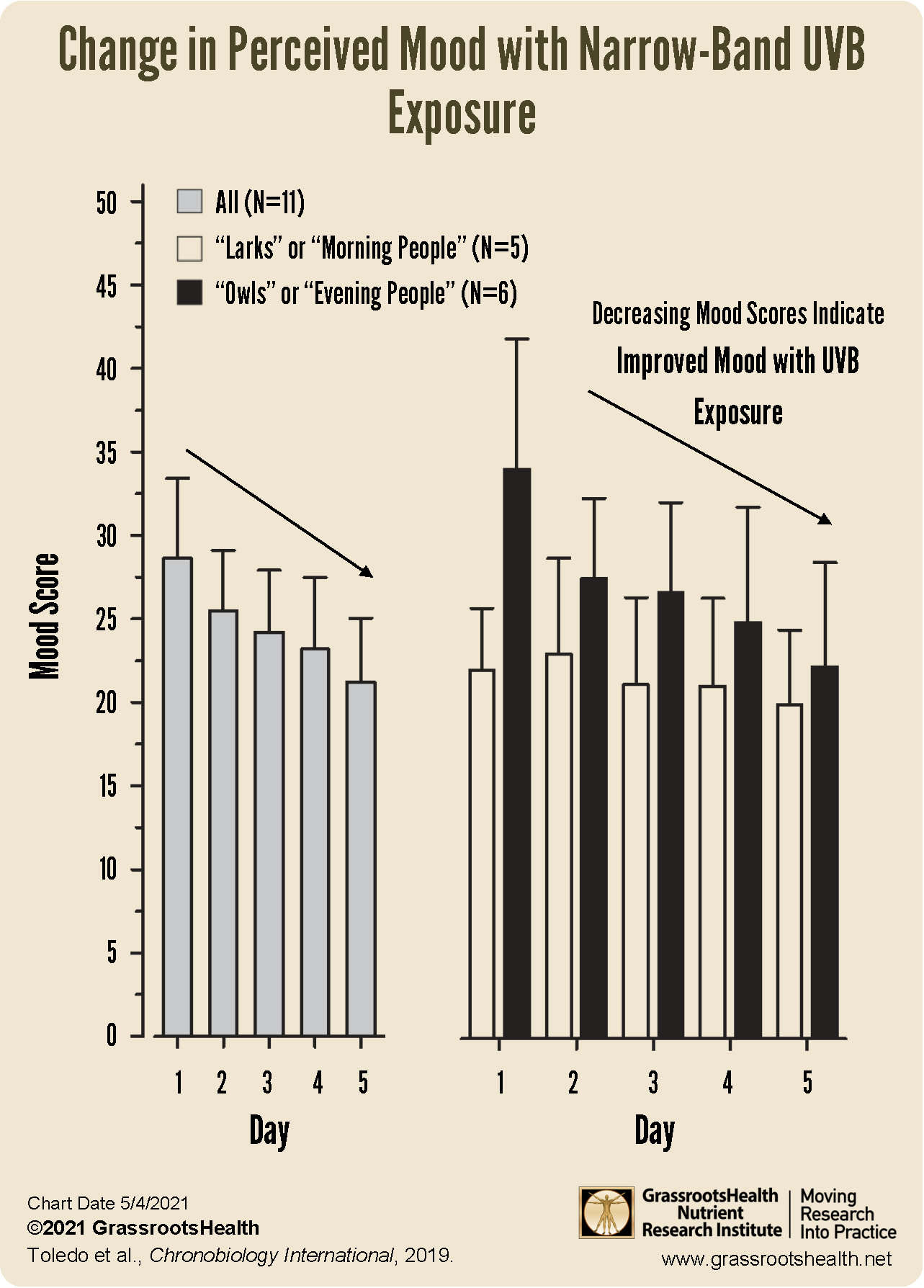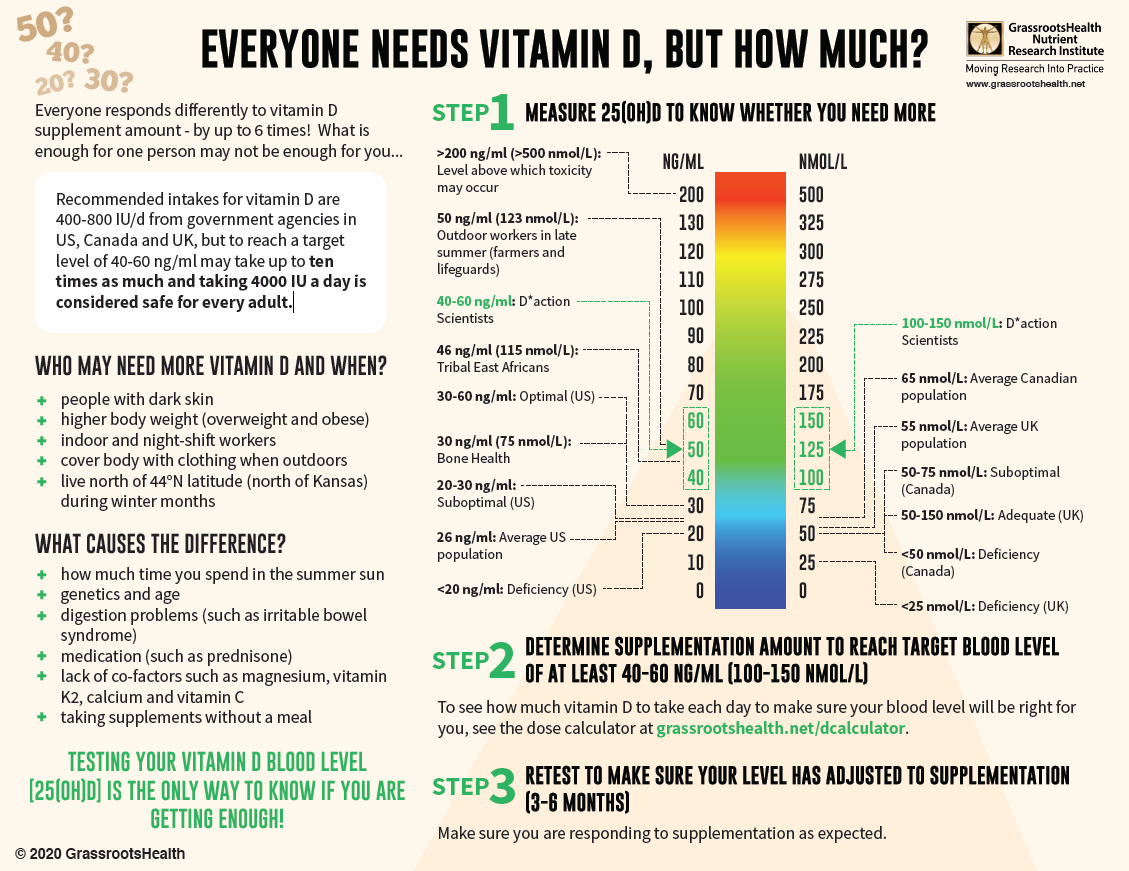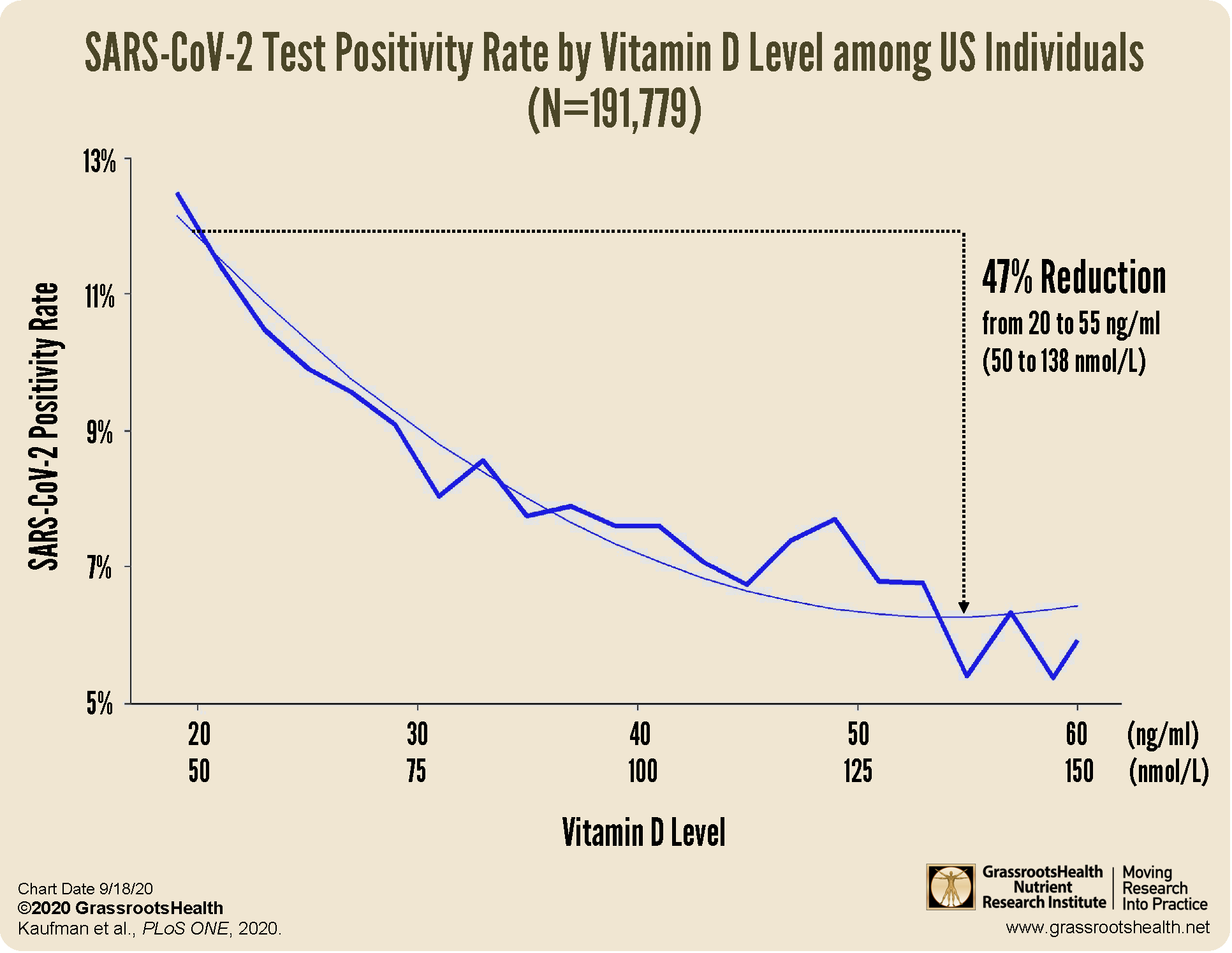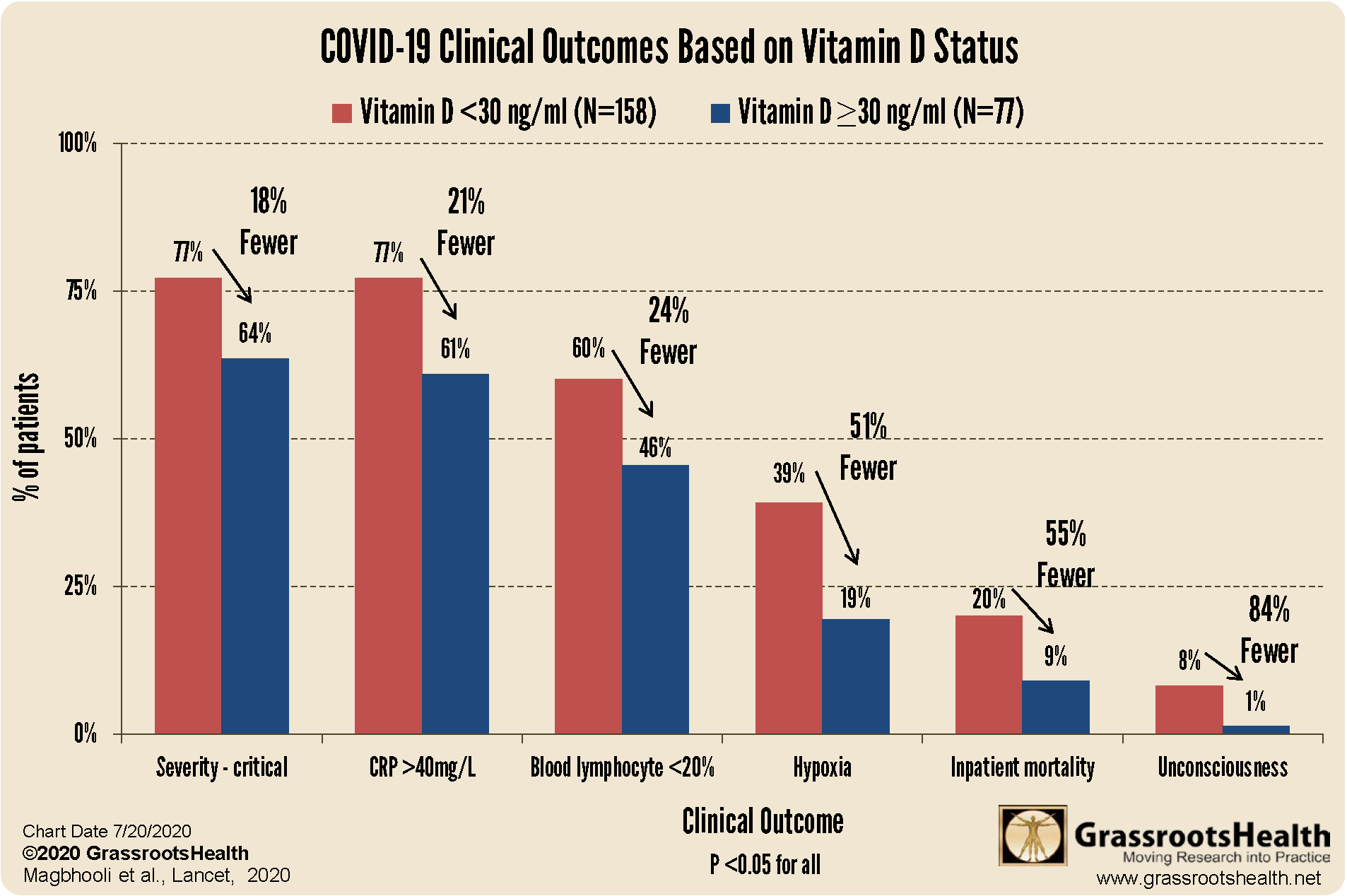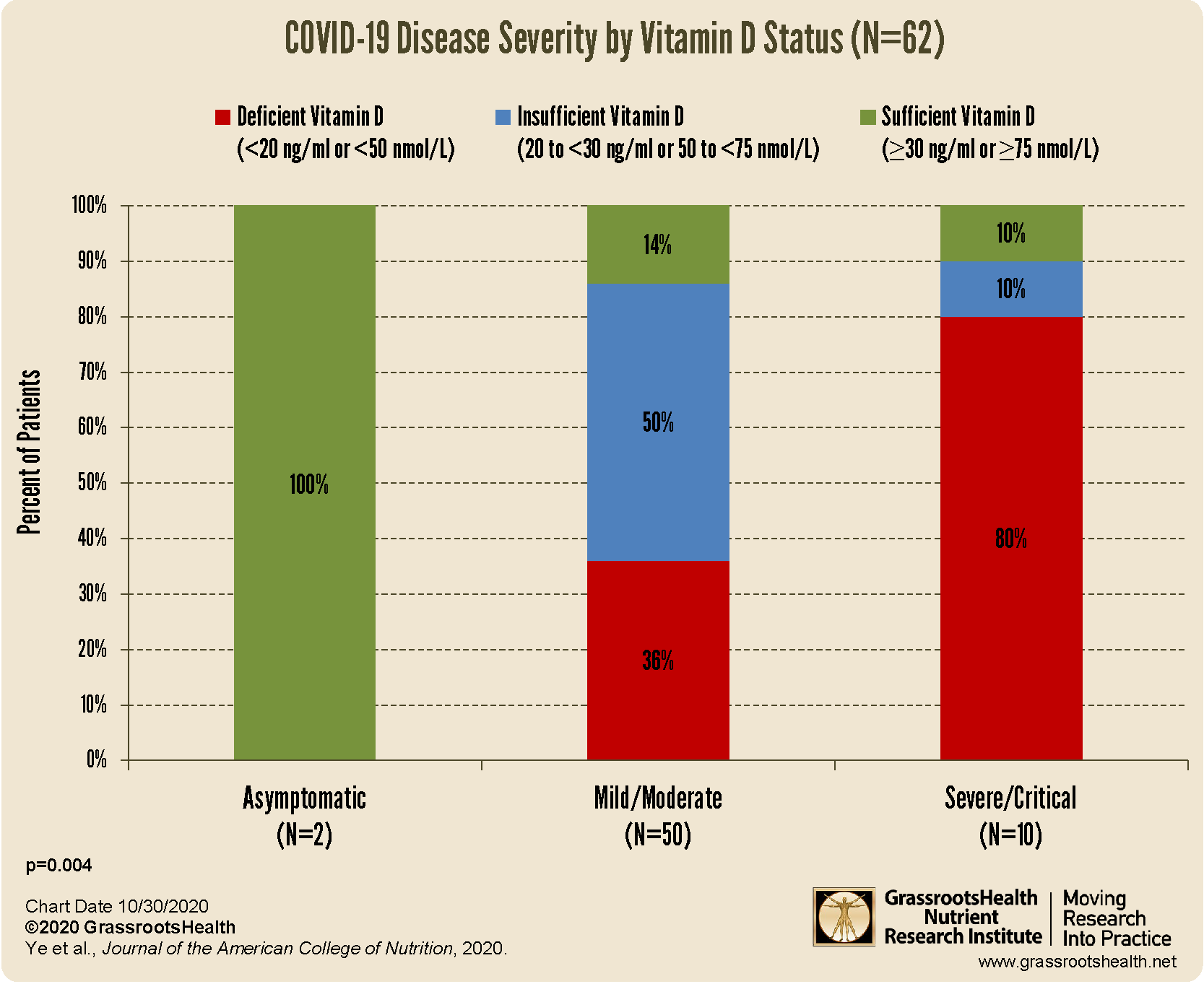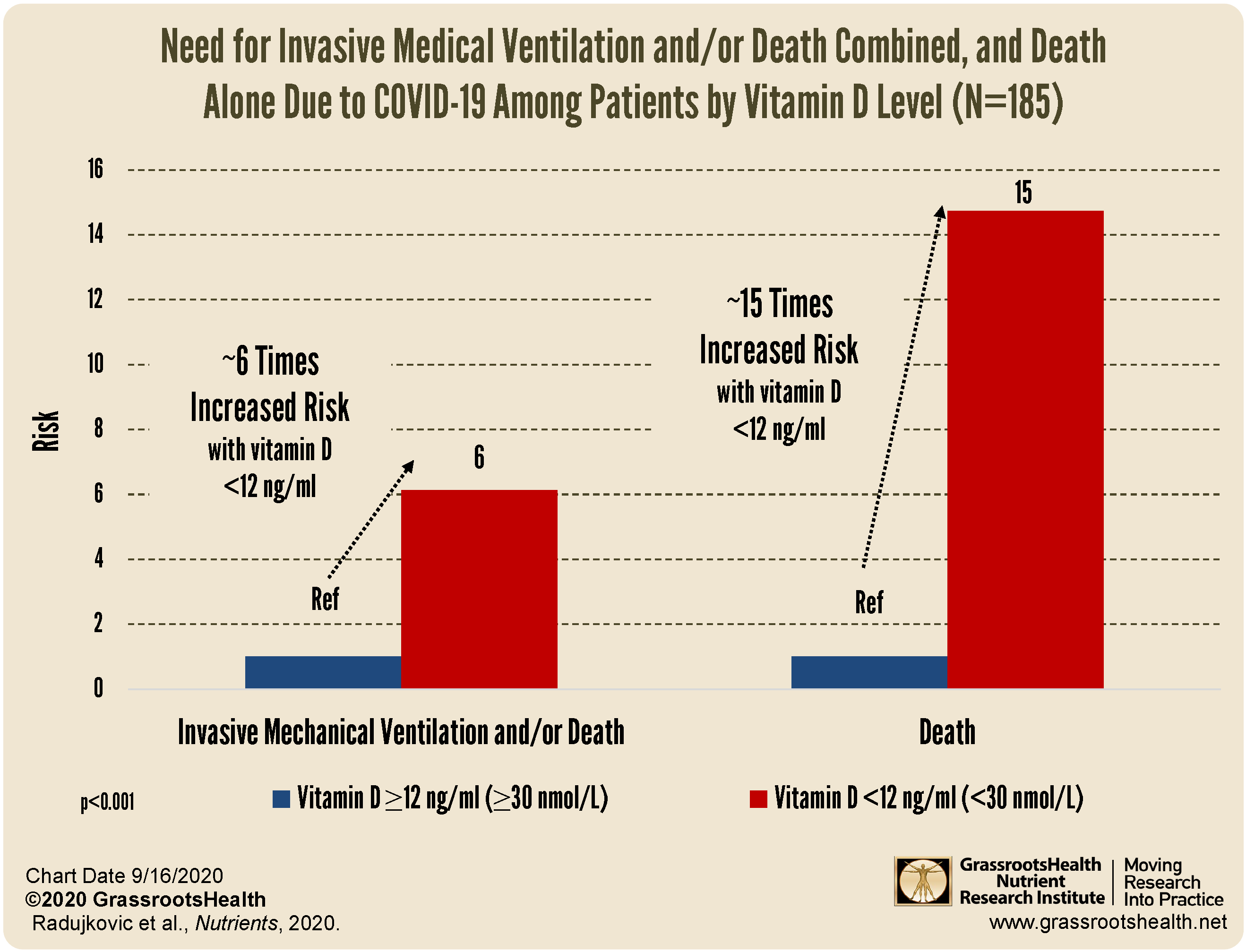Published on May 5, 2021
Need a mood boost? Get outside in the sunshine or find another way to get some healthy UVB.
 Many studies have shown a link between higher vitamin D levels and improved mental health and well-being. In fact, a study by Chu et al. looked at the relationship between vitamin D levels and mental health conditions such as depression, anxiety, and stress, and found that all measured indicators of mental health (emotional health, self-perceived mental health, self-perceived general health, and self-perceived stress) were positively associated with higher vitamin D levels. A meta-analysis by Spedding et al. looked at multiple studies and found that those in which vitamin D supplementation resulted in improved vitamin D levels saw reduced depressive symptoms with an effect size that was comparable to that of anti-depressant medication.
Many studies have shown a link between higher vitamin D levels and improved mental health and well-being. In fact, a study by Chu et al. looked at the relationship between vitamin D levels and mental health conditions such as depression, anxiety, and stress, and found that all measured indicators of mental health (emotional health, self-perceived mental health, self-perceived general health, and self-perceived stress) were positively associated with higher vitamin D levels. A meta-analysis by Spedding et al. looked at multiple studies and found that those in which vitamin D supplementation resulted in improved vitamin D levels saw reduced depressive symptoms with an effect size that was comparable to that of anti-depressant medication.
Could UVB Exposure Also Affect Mental Health in a Positive Way?
In our last post, we discussed how UVB exposure from sunshine can induce the production of vitamin D, under the right circumstances. These circumstances include time of year (season) and latitude (distance from the equator). We have previously reported on the seasonal variation in vitamin D levels using data from NHANES as well as GrassrootsHealth participants, where vitamin D levels naturally decrease in the winter months and increase in the summer months.
One in ten Americans suffer from a recurring depression called Seasonal Affective Disorder (SAD) for which their symptoms often start in late fall or early winter when the days are short, and go away in the spring when the days lengthen. In other words, they feel better when there is more UVB available with sunlight. The risk is much higher for people who live further from the equator, where the length of the days varies more greatly throughout the year. Light therapy, exposure to artificial UVB lamps, has been shown to be an effective treatment for people with SAD, improving symptoms by 50-80%.
Study Confirms Narrow-Band UVB Can Improve Mood, Especially Among Certain Individuals
A study by Toledo et al. looked at whole-body exposure to narrow-band UVB and its impact on mood, as well as resulting levels of vitamin D, interleukin-6 (IL-6), cortisol, and beta-endorphins (B-END). Previous studies have correlated increased levels of IL-6 with major depressive disorder, and cortisol with immune and mood imbalances. For this study, eleven healthy women, who were not currently taking any vitamin D supplements, received exposure to NB UVB on four consecutive afternoons, with daily monitoring of mood and blood markers. Blood was drawn at the same time of each day, before NB UVB exposure. Each participant was also classified as either a morning chronotype or “morning person” (“Larks,” N=5) or evening chronotype or “evening person” (“Owls,” N=6), since research has shown a greater prevalence of depression among those with the evening chronotype. Mood was scored based on satisfaction, tiredness, wellbeing and irritation, with higher scores representing worse moods.
As can be seen by the decreasing mood scores in the graphs above, participants in the study experienced significant improvements in mood over the five days following NB UVB exposure (p=0.038). “Owls” were more likely to show improved mood after NB UVB exposure, although this difference was only statistically significant when looking at wellbeing alone.
Both vitamin D and cortisol levels were correlated with the baseline mood state, and from beginning to end of the study, vitamin D levels increased while IL-6 levels decreased. No other significant correlations were found between the blood markers and mood score.
In Conclusion
Get out in the sunshine when there are UVB rays available, or find a safe, reliable indoor source of UVB light. Remember these important tips on how to tell if there is enough UVB for you to boost your vitamin D, and possibly, your mood too!
Are You Relying on Sunshine for Your Vitamin D? Make Sure You Are Getting Enough
With almost 90% of the general population having vitamin D levels below the recommended 40-60 ng/ml (100-150 nmol/L), it is obvious that most people need more vitamin D. While most of us cannot achieve a vitamin D level of 40-60 ng/ml from sun alone, either due to our lifestyle, where we live, or other circumstances, we can certainly reach those levels with the right amount of supplementation.
Below is a guide for how much you might need, and who may need more. Your levels can be tested safely at home – order your home test kit today.
By joining the GrassrootsHealth projects, you are not only contributing valuable information to our study, but you are also gaining knowledge about how you could improve your own health through measuring and tracking your nutrient status, and educating yourself on how to improve it. Do you know what your status of vitamin D, omega-3s, and other essential nutrients is? Could your levels be improved? Test now to find out!
 We now have a NEW GIFTING SERVICE that allows you to quickly send ‘Gift Cards’ to friends, family and coworkers who you consider might need immediate access to testing, and to Claim the Joy of Your Health TODAY. Give the gift today!
We now have a NEW GIFTING SERVICE that allows you to quickly send ‘Gift Cards’ to friends, family and coworkers who you consider might need immediate access to testing, and to Claim the Joy of Your Health TODAY. Give the gift today!
What does the Research Say about Vitamin D & COVID-19?
It’s TIME to start saving lives! If you can help PREVENT the majority of the death, it’s time! What’s it costing you/us not to take action NOW?
There is much published research that supports a clear link between vitamin D and COVID-19 showing that higher vitamin D levels are related to:
a decreased risk of testing positive for COVID-19
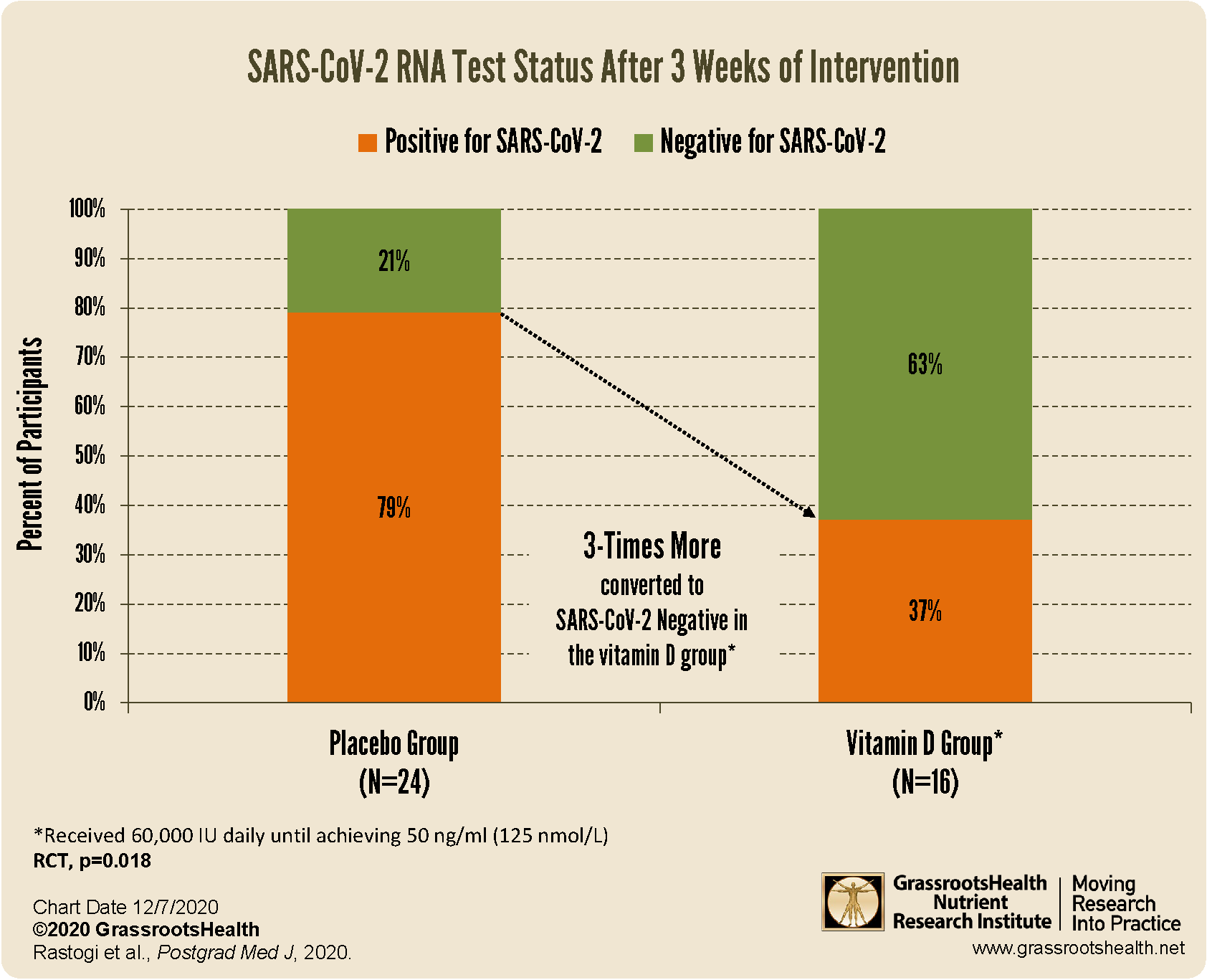 increased viral SARS-CoV-2 RNA clearance
increased viral SARS-CoV-2 RNA clearance
better clinical outcomes among patients with COVID-19
decreased risk of death due to COVID-19
Be sure to educate yourself on the benefits and importance of vitamin D for immune health, and take steps to ensure you and your loved ones are getting enough.
You can review all of the COVID-19 and immune health information we have shared on this page.


